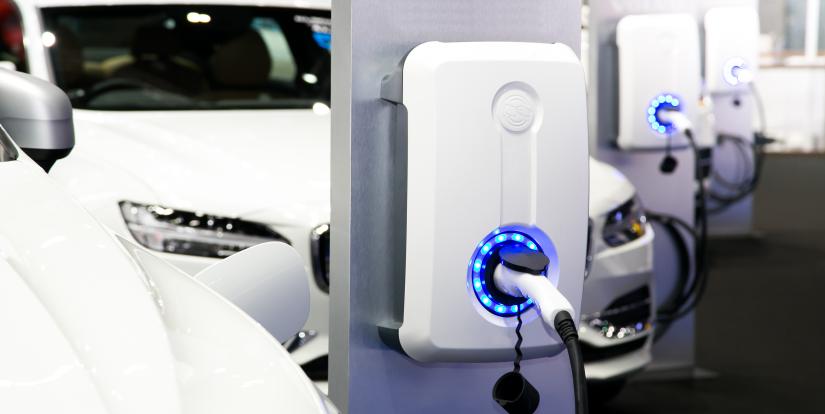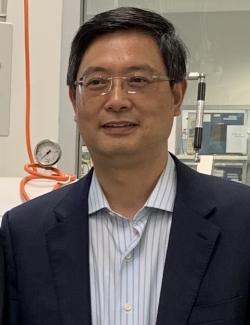Innovation powers up safer batteries
A prestigious national fellowship will help Distinguished Professor Guoxiu Wang fireproof the next generation of lithium-ion batteries.

Rechargeable lithium-ion batteries have been powering the green energy transition in electric vehicles and renewable energy storage. The industry is projected to be worth more than AU$600 billion globally by 2030.
But current battery technology is facing a major obstacle. Under certain conditions, batteries can become fire hazards.
A new research program led by Distinguished Professor Guoxiu Wang, Director of the UTS Centre for Clean Energy Technology, aims to put out the fires that have the potential to stall lithium-ion battery uptake.
His research has been awarded more than $3.6 million in Australian Research Council funding via a five-year Industry Laureate Fellowship.
Solving a complex problem

Distinguished Professor Guoxiu Wang
“The current technology is flammable because under certain conditions the liquid electrolyte used in these batteries can combust. This happens when there’s a short circuit or high temperatures during the battery operation process,” Professor Wang says.
“Our team is aiming to solve this problem through new cutting-edge battery technology that replaces the current liquid electrolyte with a non-flammable gel polymer electrolyte.”
“But battery technology is very complicated. There are three main components of a lithium-ion battery – the cathode, anode and electrolyte – and all three work together in a complex system.”
“We need to synchronise the development of new high-performance customised materials for all three components at once. If we just do the electrolyte itself, it won’t work,” he explains.
Professor Wang’s team has already laid the groundwork to get the balance right between the three types of material. Additional fireproof materials and gels have also been included in their batteries to further improve their safety performance.
The team have demonstrated a proof-of-concept of their ground-breaking batteries in the laboratory.
Through this fellowship, we’ll have the funding to scale up our new technology, optimise it and apply it to large-scale batteries in manufacturing.
- Distinguished Professor Guoxiu Wang
“At the same time, we’ll collaborate with our industry partners to improve the overall performance of the batteries such as their energy density and lifecycle.”
Powering the green energy transition
Professor Wang’s team isn’t doing this work alone. They are partnering with several battery innovation and manufacturing companies to develop the cathode and anode materials.
Another industry partner will help manufacture prototype batteries that can then be used in several real-world applications.
“Each of our industry partners will play a different role in developing and commercialising the technology,” he says.
“We also have two partners who will adopt our technology and help demonstrate its effectiveness.”
“At the end of the day, we want to build up the sovereign battery manufacturing capability in Australia: that’s our ultimate objective,” Professor Wang says.
“If we can manufacture better batteries – batteries with improved performance, energy density and safety features – then we can power up electric vehicle use and renewable energy storage.”
The prestigious Industry Laureate Fellowships scheme creates a pathway to support academic researchers to work with industry with the aim of increased two-way mobility and skill-building in research collaboration, translation and commercialisation.
